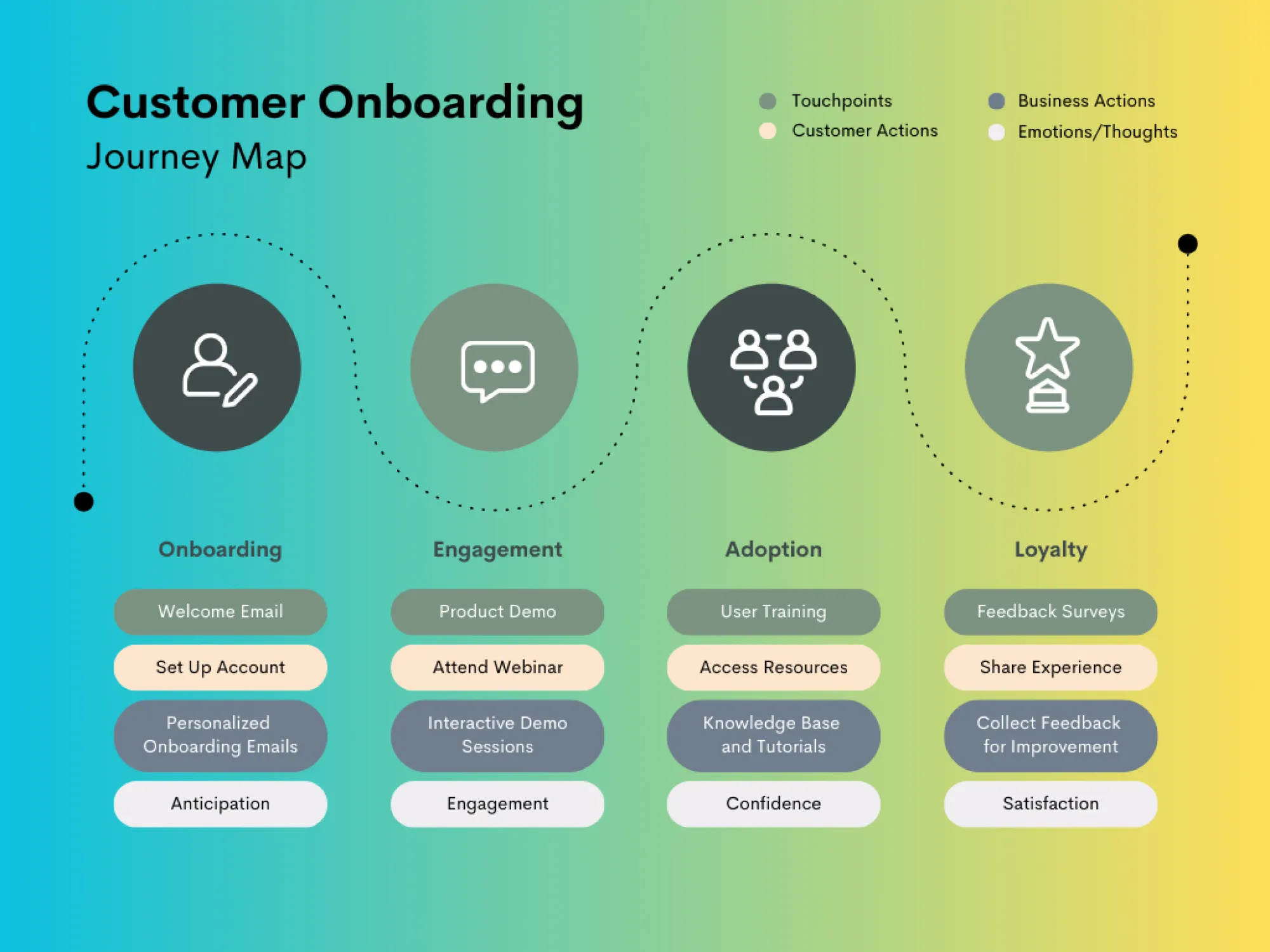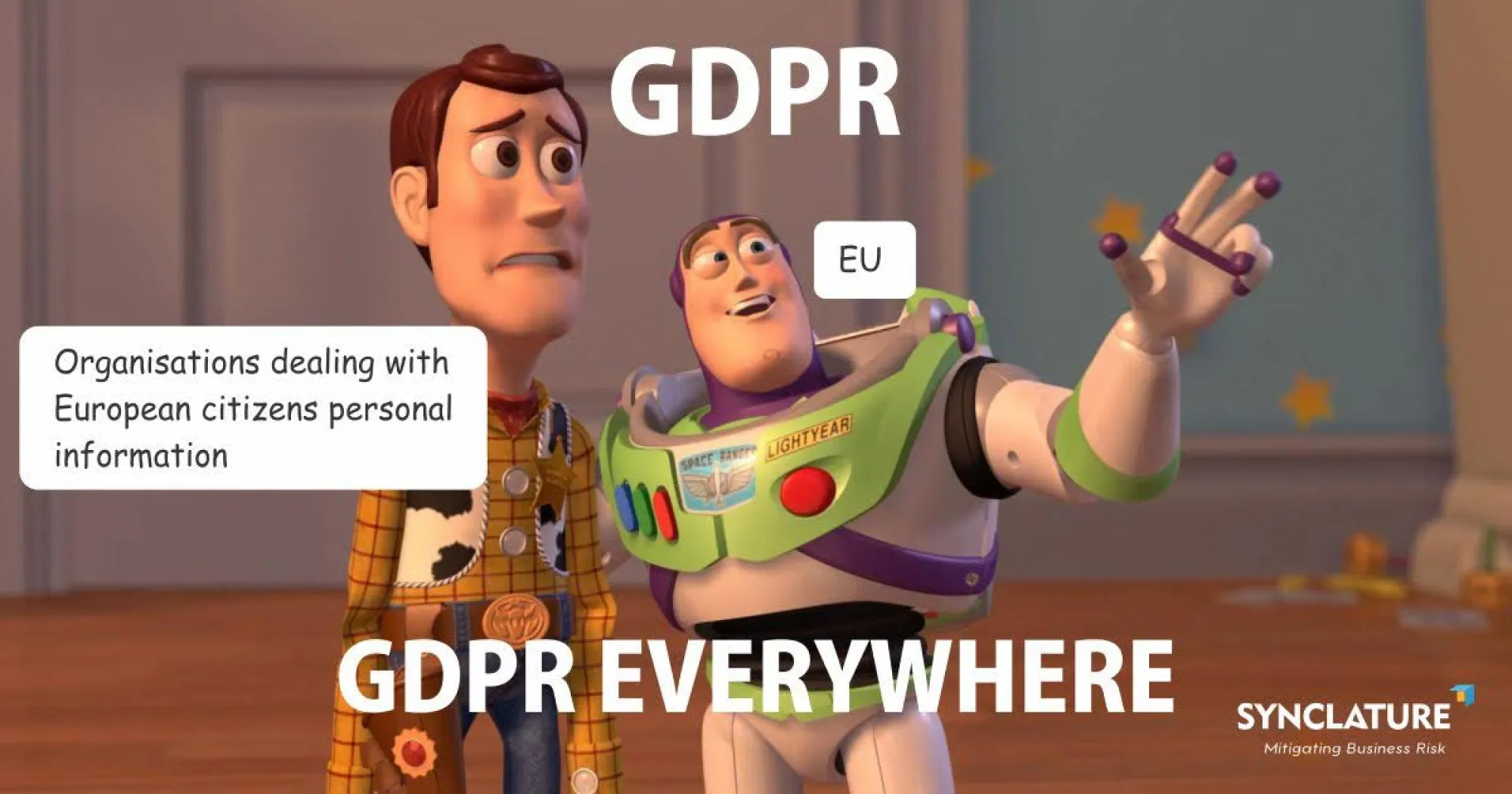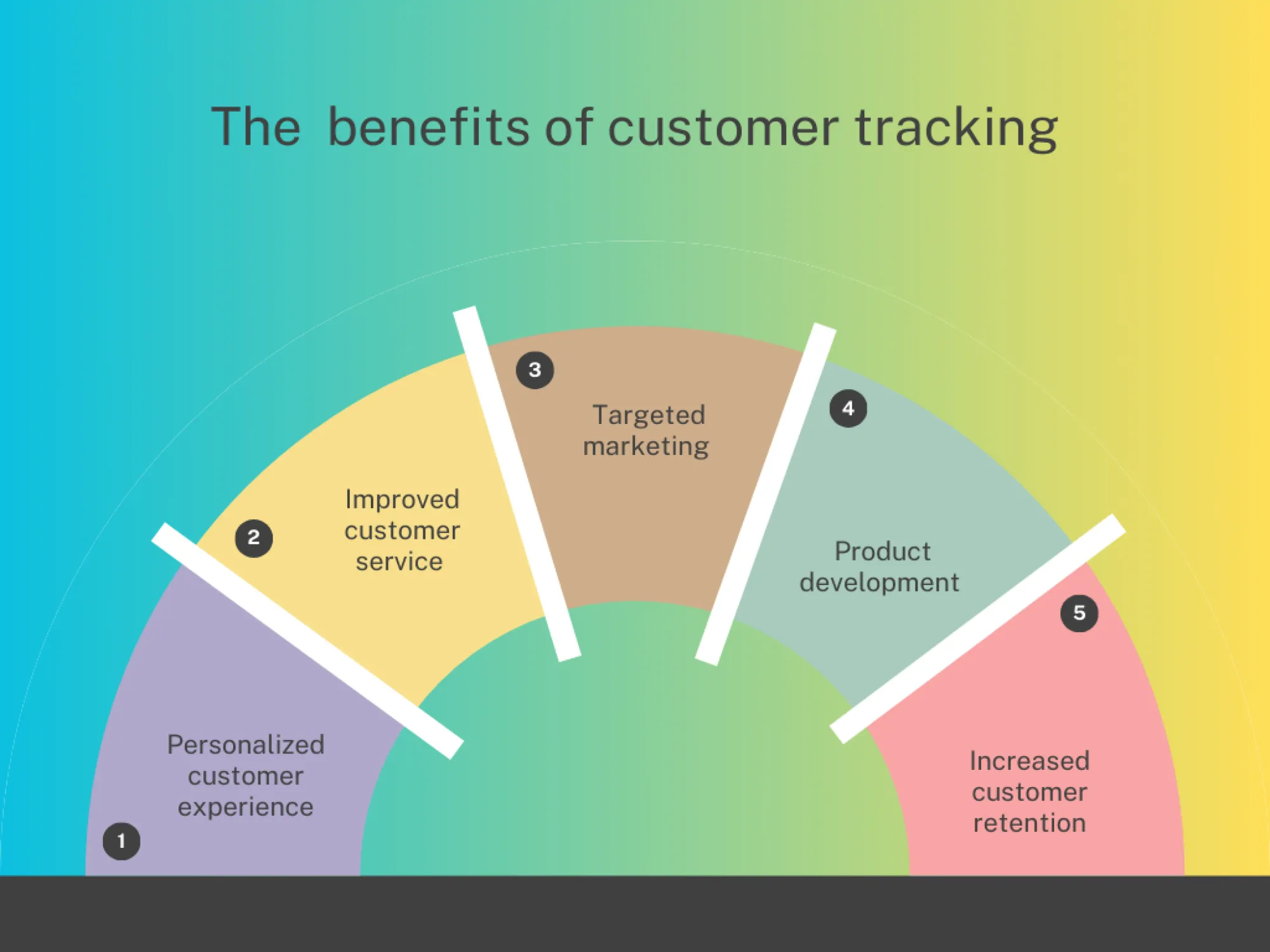I've noticed standout product managers have their fingers on the pulse of use behavior.
They possess customer analytics that let you:
- Spot dissatisfied customers before they even think about leaving.
- Craft personalized experiences that make users feel like you're reading their minds.
- Identify upsell opportunities so natural users thank you for the suggestion.
Their secret?
Customer tracking.
What is customer tracking?
Let me explain with an anecdote.
Meet Suzy, a freelance graphic designer juggling multiple projects.
- She clicks a targeted ad for CloudTask, a project management tool, on her favorite design blog.
- CloudTask's marketing funnel activates, sending a welcome email with a free trial offer.
- The CRM logs her profile details and acquisition channel as Suzy signs up.
- Over the week, personalized onboarding emails showcase relevant features.
- A mid-trial social media ad highlights premium features, while the sales team uses her engagement data to present a tailored offer.
- Impressed by CloudTask's intuitive grasp of her needs, Suzy converts to a paid plan.

This is customer tracking – collecting and organizing user data to decode customer behaviors and preferences.
Such data empowers you to tailor offerings and personalize communication, making every interaction feel relevant and meaningful.
Understood customers forge deeper connections with your brand and become loyal users for the long term.
Types of SaaS customer tracking
To really know your customers, you have to track three things: how they behave, what they buy, and how they engage with you.
Behavioral tracking: peeking into the customer's digital journey
Ever wondered what your customers are up to when they visit your website? Are they on a mission to find something specific or just window shopping?
Behavioral tracking reveals:
- Which pages are internet rush hour hotspots, and which are digital ghost towns
- Buttons clicked like frantic SOS signals vs. those collecting pixel dust
- Search bar questions, from "Free trial length?" to the dreaded "Cancel subscription?"
Why it matters: Decode your customers' purchasing journey, and you'll craft an experience
so smooth and intuitive that they'll keep coming back for more.
Transactional tracking: decoding the art of the purchase
Consider transactional tracking your SaaS company's financial fortune-teller, minus the crystal ball and tacky beads.
It helps you understand things like:
- How often customers click the "Upgrade" button (thanks to your persuasive UI)
- Which price points drive the most conversions
- Preferred payment methods (credit card, PayPal, etc.)
Why this matters: Identify your MVP customers, keep your features backlog stocked with crowd-pleasers, and design upgrade offers that speak directly to your customers' pain points (and their FOMO).
Engagement tracking: Measuring the warmth of your customer relationships
Engagement is the difference between customers using "Software as a Service" and abandoning "Software as a Sad, Unused Icon."
It tells you:
- How much customers enjoy using your product
- Their willingness to provide feedback or participate in beta testing
- Their propensity to recommend your product to others
Why it matters: Positive engagement helps you spot features that make users go "Ooh!" instead of "Ugh," Ultimately, good customer relationships keep your churn rate lower than your developer's caffeine levels and the flames of loyalty burning bright!
The metrics that matter
Now that you’ve got the basics down, we can discuss specific customer analytics—these are by no means all of them, but they’re a solid starting point.
Behavioral tracking metrics
How to measure user behavior to improve your online presence and product offering👇
Transactional tracking metrics
Money talks. Here’s what you need to take note of when it comes to product purchases 👇
Engagement tracking metrics
Lastly, you need to know how many users love your product and would recommend it and how many are less than impressed 👇
Recommended tools for tracking customer behavior
Website, social media, support chats—how do you keep tabs on all these touchpoints?
Thankfully, you've got customer tracking tools like Google Analytics that monitor website traffic and others that monitor social media, like Hootsuite, Sprout Social, and Buffer. And many of them don't just collect data—they help you make sense of it, too.
When it comes to customer relationship management (CRM), Salesforce is the giant everyone knows, but others like HubSpot and Pipedrive have gained traction.
Since customer feedback is also crucial, you can use tools like Usabilla and Typeform to add quick response options to your website.
Oh, and don't forget about email engagement. Mailchimp is well-known, but tools like Constant Contact and SendGrid also offer solid analytics on email performance.
Zendesk is also a big name for support tickets and customer service interactions, but Freshdesk and Help Scout are also worth checking out.
Of course, you have to find the right stack for your business. Sometimes, one tool will cover multiple bases, while other times, you might need to pick and choose a few to get the full picture.
Implementing a customer tracking system
These steps drive your product strategy forward, whether you're launching something new or optimizing an existing feature.
- Clearly define your objective and choose relevant metrics that align with these goals.
- Next, select appropriate customer tracking tools to capture relevant data.
- Set up your data collection infrastructure to cover all relevant customer touchpoints.
- Implement the tracking mechanisms, including adding tracking codes to your website, setting up event tracking in your app, or integrating your CRM with other systems.
- Once data starts flowing in, analyze it regularly to extract meaningful insights.
- Act on these insights to improve your products, services, or customer experience.
Pro tip: Always comply with data privacy regulations like GDPR or CCPA.

Consider AI tools like Command AI's Copilot to enhance customer engagement even further. This always-on digital assistant actively interacts with users, answering questions and guiding them through your app.
The AI continuously learns from your updated documents and becomes more helpful over time. This means you're not just reacting to user needs—you're proactively addressing them, reducing friction, and gathering invaluable insights along the way.
Customer tracking in action: how CloudTask improved customer experience
Instead of boring you with another standard explanation about how data is needed to make customer decisions, consider my previous anecdote: CloudTask.
After collecting data for several months, their analysis revealed some interesting insights:
- They noticed that customers who used their mobile app had a 30% higher average order value than those who only used the website.
- There was a significant drop-off in the checkout process, particularly when customers were asked to create an account.
- Customers who engaged with their how-to video content were 50% more likely to purchase within the next 30 days.
Based on these insights, CloudTask made several data-driven decisions:
- They poured more resources into their mobile app, even offering app-exclusive deals to attract more users.
- They rolled out a guest checkout option and streamlined the account creation process, slashing cart abandonment rates by 25%.
- They cranked up the production of how-to videos and plastered them all over their platforms, boosting overall conversion rates by 15%.
By Christmas, they had boosted revenue by 20% and raised customer satisfaction scores. Talk about a happy new year!
(Just to be clear: This example is fiction, but you get the gist)

SaaS Customer tracking + good analysis = higher profits
To quote best-selling author James Clear of Atomic Habits: "You do not rise to the level of your goals. You fall to the level of your systems." That's why it's so important to implement a customer tracking system. Otherwise, you can't gauge your product's performance.
The endgame is twofold: keeping customers around and boosting their spending over time. Customer tracking is your compass, guiding decisions throughout your business, like tweaking your product or planning your next marketing move.

















